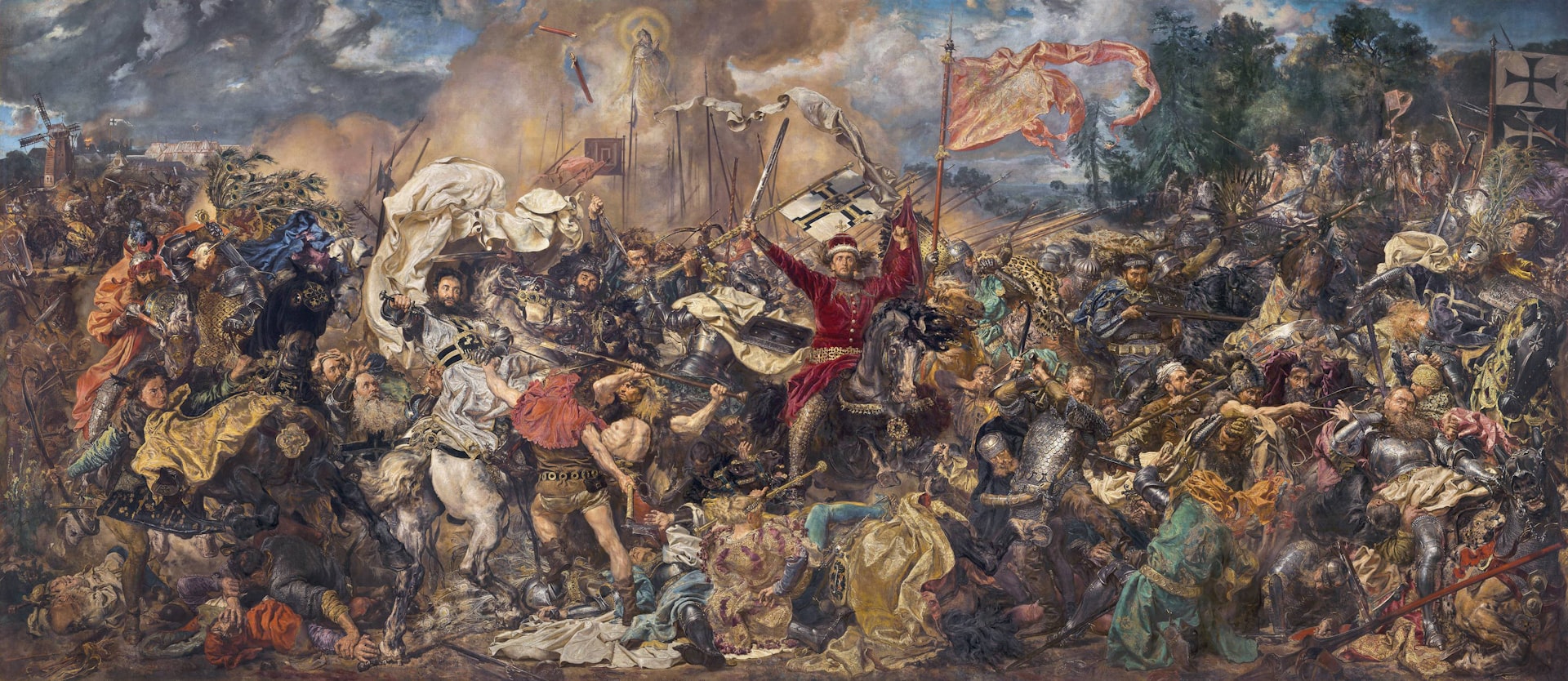Collaborative Online Storytelling in Games: The Next Frontier of Interactive Entertainment

Photo by Kenny Eliason on Unsplash
The Evolution of Collaborative Storytelling in Games
Collaborative online storytelling has emerged as a transformative force in the gaming industry, fundamentally changing how narratives are crafted, experienced, and shared. Unlike traditional single-player experiences, this approach allows multiple participants-players, audiences, and even developers-to shape the direction, outcome, and meaning of a game’s story in real time. This evolution is fueled by advancements in technology, changing audience expectations, and the growing influence of online communities.
From Linear Plots to Dynamic Narratives
Historically, most video games relied on predetermined storylines, with players following a set path designed by the developer. However, collaborative storytelling breaks this mold by introducing shared control and decision-making. Games like
Twitch Plays Pokémon
have showcased the power of community-driven narratives, where thousands of viewers collectively influence the protagonist’s actions, transforming storytelling into a communal event
[1]
. This participatory model fosters deeper engagement as players feel a genuine sense of ownership and impact over the unfolding story.
Technological Drivers: AI and Streaming Platforms
Several technological innovations are powering the rise of collaborative storytelling:
- Artificial Intelligence (AI): Modern games employ AI to generate adaptive plotlines, unique characters, and responsive dialogue, enabling dynamic story experiences tailored to each group’s choices [1] . These procedural narratives mean no two playthroughs are the same, enhancing replay value and player investment [3] .
- Streaming Platforms: The integration of platforms like Twitch and YouTube has redefined storytelling as a social experience. Audiences can interact with streamers, vote on decisions, and even influence in-game outcomes in real time. Developers are now designing games specifically for this environment, allowing communities to co-create stories live [1] .
- Augmented Reality (AR) & Virtual Reality (VR): Immersive technologies are making it possible for players to physically explore and interact within virtual story worlds, deepening the connection between narrative and participant [1] .
Real-World Example: Critical Role and the D&D Renaissance
The livestreamed tabletop game
Critical Role
exemplifies the collaborative storytelling trend. Here, a diverse cast of players and a live audience collectively shape the game’s direction. The community’s influence extends beyond the game table; fans create art, new rules, and even adjustments to the game’s lore, demonstrating the power of inclusive, participatory storytelling
[2]
.
Community as Co-Creators: The Rise of Participatory Fandom
Modern fandom is no longer passive. Players and viewers actively contribute to the development of game worlds, often inspiring official changes. For example, in the
Angry Birds
franchise, a fan’s reimagining of a character was adopted as canon by the developers
[5]
. This collaborative spirit builds loyalty and investment, as communities feel directly responsible for the evolution of the intellectual property (IP).
Game studios are increasingly responsive to player feedback, integrating community suggestions and even launching content based on fan demand. Real-time adjustments, such as new game modes or narrative arcs, are often fueled by audience preferences, further breaking down the barrier between creator and consumer [5] .
Influencer Culture and Viral Storytelling
Influencers and content creators play a pivotal role in amplifying collaborative storytelling. Viral moments on platforms like TikTok and Twitch can propel games to mainstream success, as demonstrated by titles such as
Among Us
and
Goose Goose Duck
[4]
. These platforms enable group play, audience interaction, and community-driven content creation, often leading to rapid growth and wider cultural impact.
Studios are embracing influencer partnerships and leveraging AR filters, hashtag challenges, and live events to foster engagement. For developers and marketers seeking to harness this trend, consider collaborating with established creators or launching your own interactive campaigns to build a dedicated community.

Photo by KOBU Agency on Unsplash
Implementation: How to Engage with Collaborative Storytelling
If you’re interested in participating in or contributing to the future of collaborative storytelling in games, several pathways are available:
- Join Online Communities: Engage with active fan forums, Discord servers, or subreddit groups dedicated to your favorite games. Many studios and indie developers monitor these spaces for feedback and ideas.
- Participate in Live Streams: Platforms like Twitch and YouTube Gaming regularly feature interactive streams where viewers can vote on story decisions or influence gameplay outcomes. Simply create an account, follow relevant channels, and participate during live sessions. You can search for “interactive narrative games” or “community-driven streams” on these platforms for current options.
- Create and Share Content: If you have creative ideas or fan art, share them on social platforms and tag game developers or official accounts. Many companies spotlight fan contributions and may even integrate them into future updates.
- Explore Game Development: Aspiring designers can use accessible tools such as Twine, Ink, or Unity to prototype interactive stories. Tutorials and communities for these tools are widely available-search for “Twine interactive fiction tutorials” or “Unity narrative design resources” for step-by-step guidance.
- Contribute to Open Source or Modding Communities: Many games support modding, enabling players to expand or alter storylines. Visit official game forums or platforms like Steam Workshop to find modding guides and opportunities.
Challenges and Solutions
Collaborative storytelling is not without obstacles. Key challenges include managing conflicting player choices, ensuring inclusivity, and maintaining narrative coherence. Developers address these by implementing voting systems, branching story paths, and robust moderation tools. Balancing creative control between developers and communities requires clear guidelines and a willingness to adapt based on feedback.
For players, learning to navigate group decision-making and respecting diverse perspectives is essential. Joining well-moderated communities and embracing the experimental nature of these narratives can enhance the experience for all participants.
Alternative Approaches and Future Directions
Alternative models are emerging alongside mainstream collaborative storytelling. Tabletop role-playing games (TTRPGs) like Dungeons & Dragons have transitioned from private sessions to public, livestreamed events, where audience participation shapes the game in real time [2] . Meanwhile, AI-driven platforms are experimenting with procedurally generated stories that adapt on the fly, opening new possibilities for personalization and replayability [3] .
Looking ahead, the convergence of AI, AR/VR, and live streaming will likely expand the scope and impact of collaborative online storytelling. As technology improves, expect even more immersive and participatory experiences that blur the line between creator and audience.
How to Access Opportunities in Collaborative Storytelling
To get involved in this movement, you can:
- Search for “collaborative storytelling games” on major platforms like Steam, itch.io, or the App Store for current releases.
- Follow game developers and narrative designers on social media for updates on interactive projects and community events.
- Attend gaming conventions (virtual or in-person) that feature panels or workshops on narrative design and community engagement.
- Consider joining open betas or early access programs, which often solicit player feedback to shape story elements before official launch.
If you want to connect with others or showcase your ideas, many game communities maintain official Discord servers-search for the game’s name plus “Discord” to find verified channels. For broader industry trends and professional resources, refer to established organizations like the International Game Developers Association (IGDA) or attend online seminars on interactive narrative design.
References
- [1] Indie Game Business (2024). Interactive Storytelling: 5 Innovations Unlocking the Dynamic Future of Games.
- [2] The Artifice (2024). A New Age of Collaborative Storytelling? Critical Role and D&D.
- [3] Vocal Media Gamers (2025). Why Story-Driven Games Are Dominating the Market in 2025.
- [4] Udonis Blog (2025). Gaming Trends 2025: What’s Shaping the Industry?
- [5] Epidemic Sound Blog (2023). The Future of Entertainment is Collaboration.



